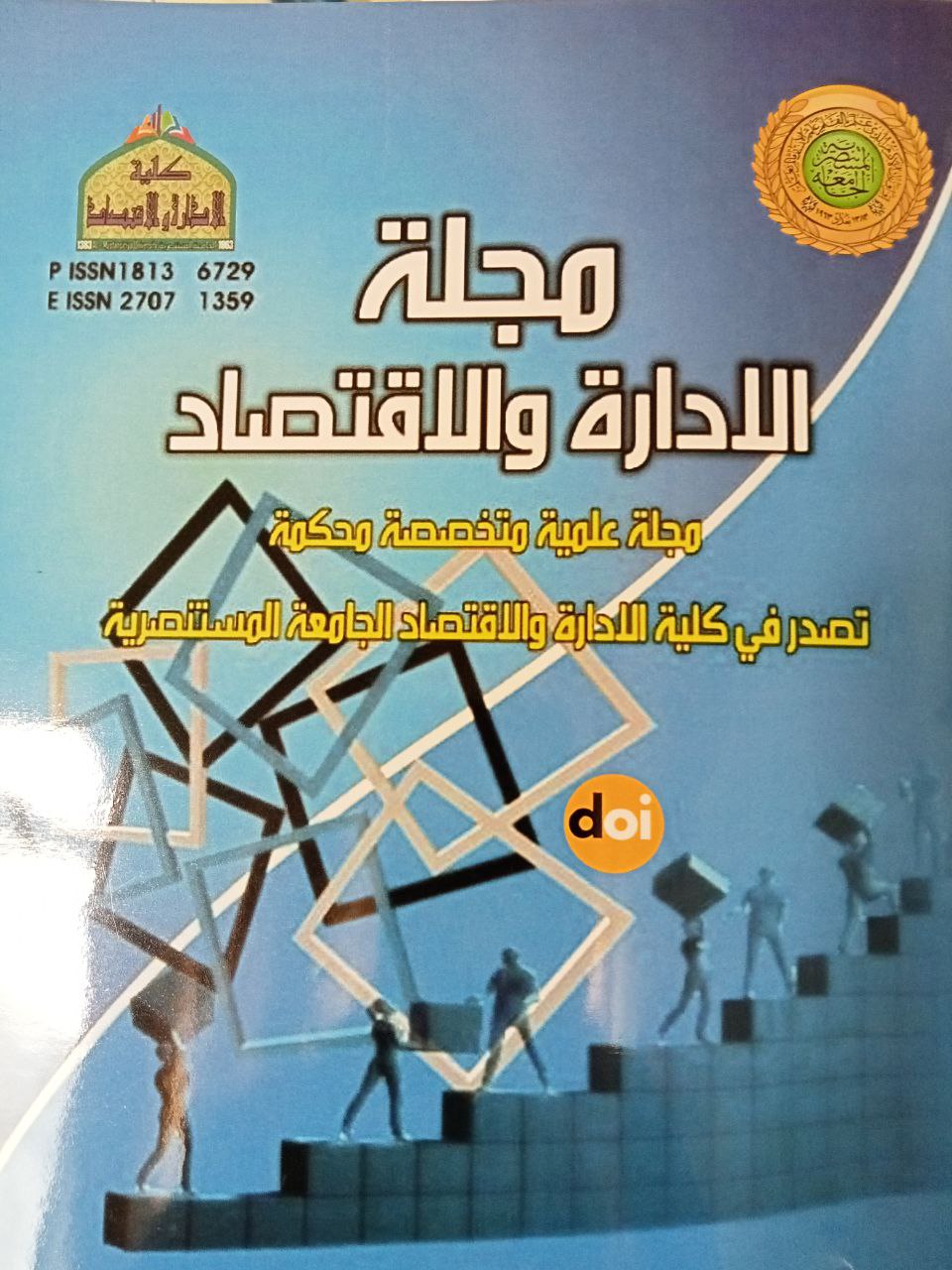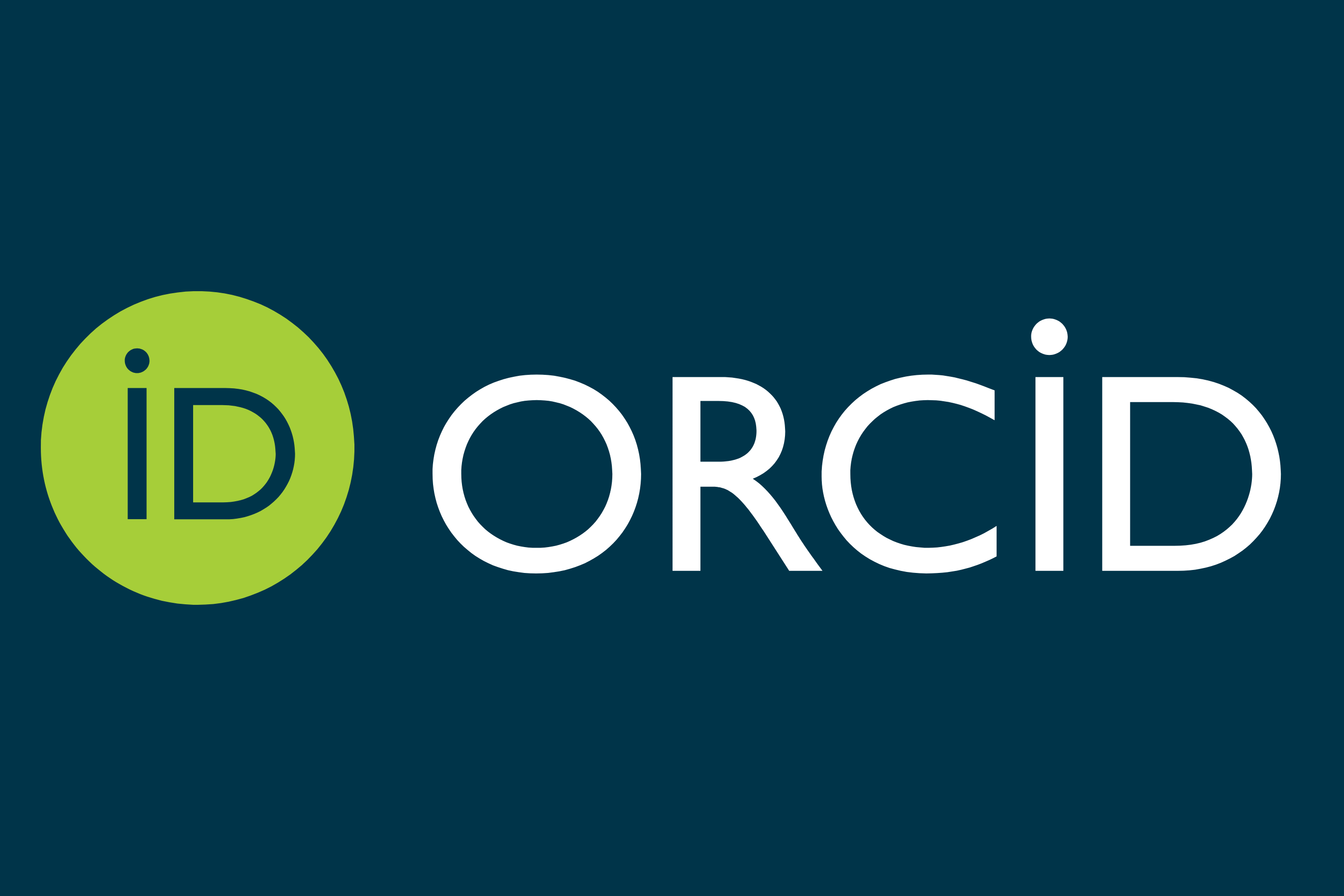Forecasting the market exchange rate of the Iraqi dinar for the period (March/2021-December/2021) using the (ARIMA) model
DOI:
https://doi.org/10.31272/jae.i129.56Keywords:
official exchange rate, parallel exchange rate, exchange rate forecasting, (ARIMA) modelAbstract
The exchange rate is one of the important tools of the monetary authority, in all countries of the world generally, and developing countries particularly, due to its high sensitivity to the investment climate, business environment and economic conditions. The most appropriate to the facts and the political economy data. This study analyzed the exchange rate of the Iraqi dinar against the official and parallel US dollar, and developed a prediction for it until the end of 2021. The exchange data was used for the period (1/1/2004-28/2/2018) and on the basis of which the predictive trend of this study. The problem of the study is the excessive sensitivity of the macroeconomic variables to the change in the Iraqi exchange rate, due to the deterioration of the real macroeconomic environment. This leaves a bad impression on the public about possession of money and a preference for other components of wealth, this gives rise to pessimistic expectations in local markets that push towards raising the general level of prices, and motivate the regulatory groups of local markets to collude in order to raise the ceiling of personal gains in return for harming the interest of society. The hypothesis of the study is that the monetary authority’s adoption of a high exchange rate will adapt the markets to it after a period of time at new limits for the values of macroeconomic variables, the study concluded that the predicted parallel exchange rate will maintain a balanced marginal limit in the short term vis-à-vis the official exchange rate, so the study recommends It is necessary to be vigilant against regulatory market indicators and collusion that try to push local markets away from their true values.
References
1-هجير عدنان زكي امين، الاقتصاد الدولي، دار الفكر دمشق، الطبعة الاولى، سوريا، 2008، ص:291.
2-Samuleson, Paul A., & William D., Nordhaus, ECONOMICS, 18th ad, McGraw Hill, 2005, p:604.
3-بلقاسم العباس، سياسات اسعار الصرف، المعهد العربي للتخطيط، العدد (23)، السنة الثانية، الكويت، 2003، ص:5.
4-Pugel. Thomas. A,” INTERNATIONAL ECONOMICS “,16th Ed, United States, McGraw Hill, Irwin, 2007, p:376.
5-Mishkin, Frederic, S., & Stanley G., Eakins, FINANCIAL MARKETS AND INSTITUTIONS, 6th ad, Prentice Hall, 2009, p:333.
6-دوحة سلمى، اثر تقلبات سعر الصرف على الميزان التجاري وسبل علاجها "دراسة حالة الجزائر"، أطروحة دكتوراه، جامعة محمد خيضرة بسكرة، كلية العلوم الاقتصادية والتجارية وعلوم التسيير، الجزائر، 2015، ص:41-45.
7-سليم رشيد، أثر سعـــــــر الصرف في المؤشرات العـــــــــامة ألسعار االسهم - دراسة تطبيقية في سوق العـــــــــراق لألوراق المالية للمدة (2011-2005)، رسالة ماجستير، جامعة كربلاء، كلية الإدارة والاقتصاد، العراق، 2014، ص:26.
-8عماد عمر محمود علي الهنداوي، علاقة أنظمة سعر الصرف بأداء االقتصاد المصري، أطروحة دكتوراه، جامعة الزقازيق، كلية التجارة، مصر، 2011، ص:10-11.

Downloads
Published
Issue
Section
License
Copyright (c) 2022 Journal of Administration and Economics

This work is licensed under a Creative Commons Attribution 4.0 International License.
The journal of Administration & Economics is an open- access journal that all contents are free of charge. Articles of this journal are licensed under the terms of the Creative Commons Attribution International Public License CC-BY 4.0 (https://creativecommons.org/licenses/by/4.0/legalcode) that licensees are unrestrictly allowedto search, download, share, distribute, print, or link to the full text of the articles, crawl them for indexing and reproduce any medium of the articles provided that they give the author(s) proper credits (citation). The journal allows the author(s) to retain the copyright of their published article.
Creative Commons-Attribution (BY)









